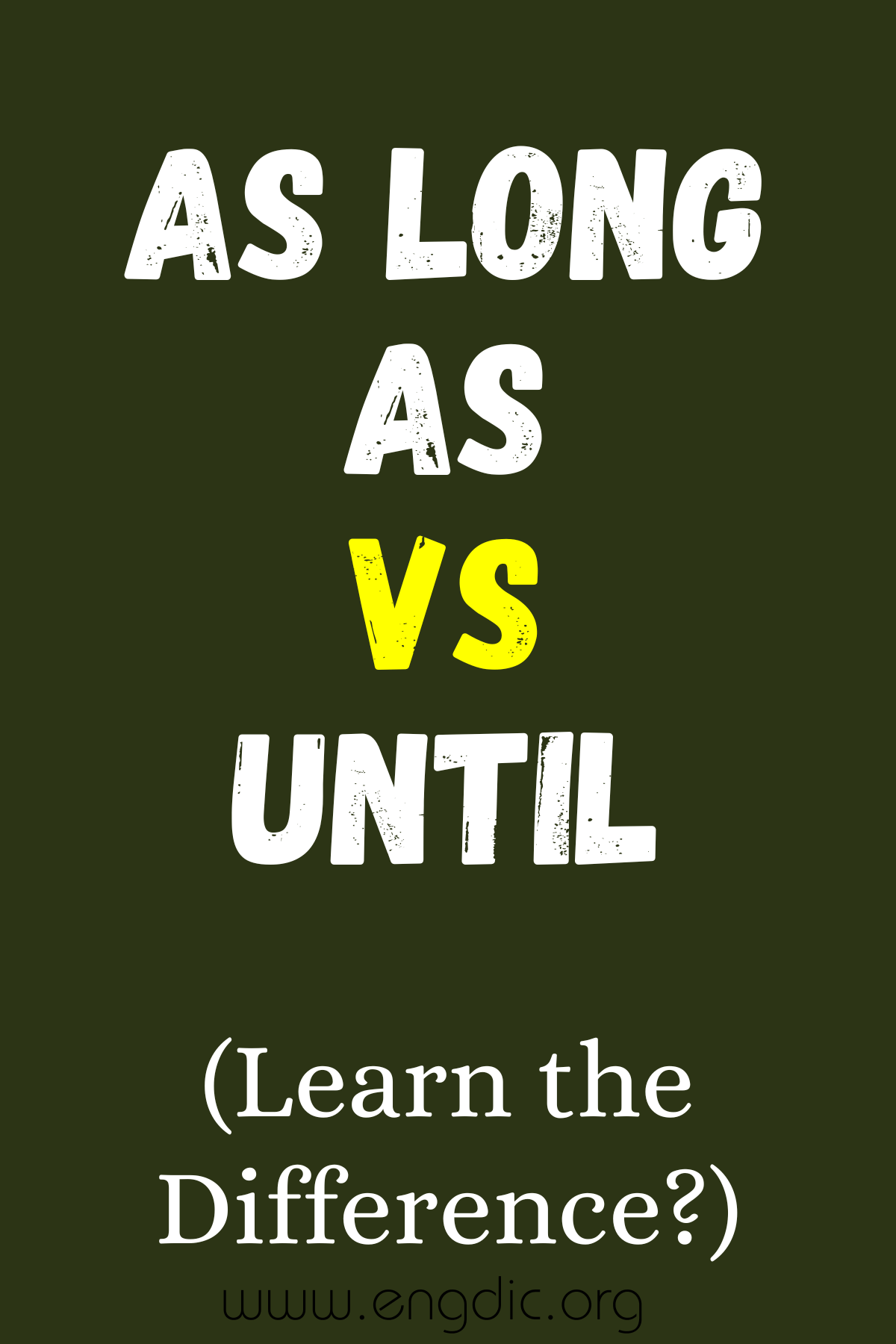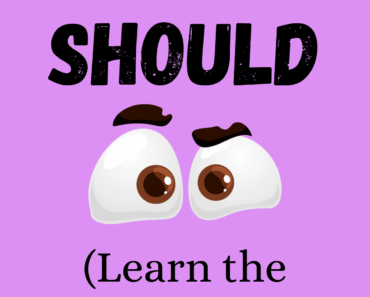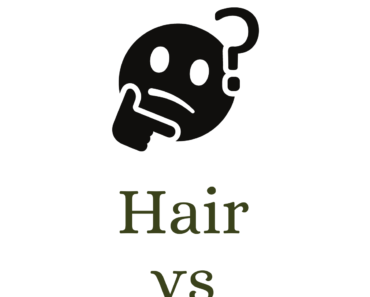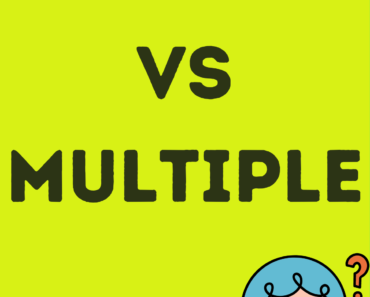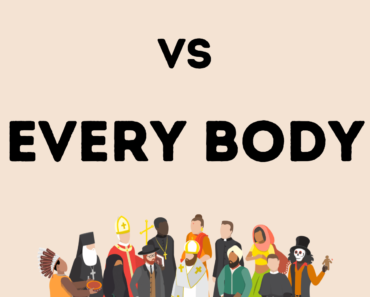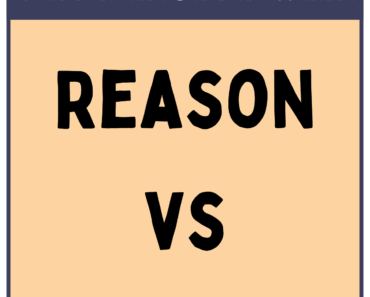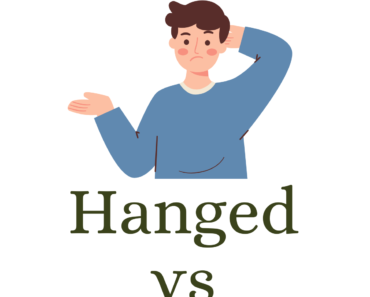While both “as long as” and “until” are often used to denote conditions or timeframes, they serve different functions. “As long as” indicates a duration or condition that must remain true for something to occur or continue. On the other hand, “until” specifies a deadline or endpoint for a specific event or action.
Understanding the nuances of these terms can enhance clarity in communication, particularly when discussing timelines or conditions. Here, we’ll delve into their definitions and explore various aspects of their usage with examples to highlight the distinctions.
As Long As
“As long as” is used to express a condition that must be met for something to happen or continue happening. It emphasizes a condition that remains true for the duration of a particular situation.
Usage:
- Condition: When “as long as” is used to set a condition, it means that the following clause will happen only if the condition is met.
Example: “You can stay at the party as long as you behave well.” - Duration: In terms of duration, “as long as” specifies that something will happen or be true throughout the entire time a condition is satisfied.
Example: “She will keep dancing as long as the music is playing.”
Until
“Until” is used to indicate the time up to a particular point or event. It emphasizes a time limit, deadline, or endpoint.
Usage:
- Time: “Until” is primarily used to specify that an action or state continues up to a certain time or event, after which it stops.
Example: “The library is open until 9 p.m.” - Condition: Although less commonly, “until” can also indicate a condition that triggers a change or ends a current state.
Example: “You won’t receive your certificate until you’ve completed the course.”
